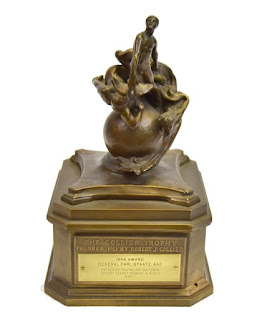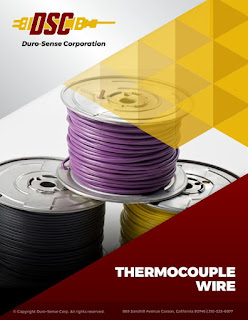RTDs (short for Resistance Temperature Detectors) are temperature sensing devices that change resistance value as its temperature changes. The most popular RTD is the 100-ohm platinum sensor, used for many years to measure temperature in laboratory and industrial process applications. 100-ohm platinum RTDs (PT100) have a reputation for accuracy, repeatability, and stability.
Most RTD element designs include a length of finely coiled wire wound around a ceramic or glass bobbin. The inherent system is fragile, so it is typically placed inside a sheathed metallic tube to protect from shock and vibration. RTD sensing elements are made from a material with a very predictable and repeatable change in resistance. This predictability and stability is the basis for its widespread application.
The 100-ohm platinum RTD provides accurate temperature readings with reasonable accuracy, excellent stability, and repeatability. They are also significantly immune to generated electrical noise, and as such, they are well suited for temperature measurement in industrial plants, near motors, generators, and high voltage equipment.
There are two 100-ohm platinum RTD standards, the American and the European (known as the DIN or IEC standard), with the IEC standard considered the default for PT100. The IEC751 standard requires the RTD to have an electrical resistance of 100.00 O at 0°C and a TCR (temperature coefficient of resistance) of 0.00385 O/O/°C between 0 and 100°C.
Because 100-ohm platinum RTDs use resistance to measure temperature, the lead wires, connectors, and measuring devices introduce additional resistance. These must be compensated for by configuring the RTD circuit to null out these outside resistances by incorporating a third or fourth lead wire to offset the introduced error.
For more information about 100-ohm platinum RTD temperature sensors, contact Duro-Sense Corporation. Call them at 310-533-6877 or visit their website at https://duro-sense.com.







